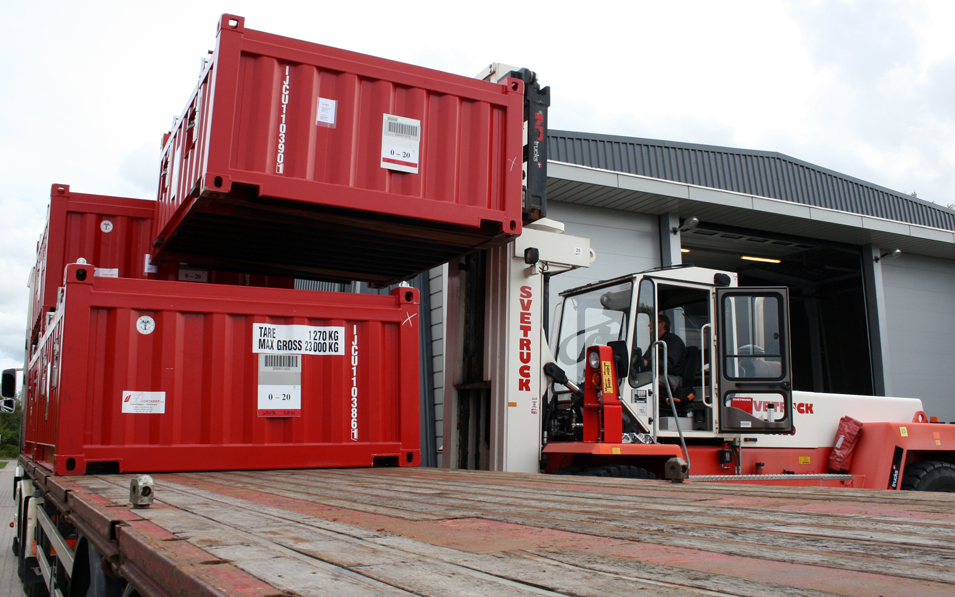
Oct 20th From waste to ash
At Danish Decommissioning , we are constantly working to minimise the volume of waste that needs to be landfilled in the future. A new initiative is an agreement with the highly specialised Swedish company Studsvik to incinerate the combustible part of the waste.
Thefirst eight containers of low-active waste have been dispatched. The containers contain, for example, plastic, wood and other combustibles from decommissioning. Once the material is burned, Studsvik sends the ash, the filter material from the incineration process and the empty containers back to Danish Decommissioning.
"Instead of eight containers to be stored, we can settle for some drums. This is of course an advantage," says Heidi Sjølin Thomsen, team leader for waste management.
However, it has also taken a great deal of legwork to get the combustion agreement for the first consignment into place. First of all, regulatory approvals, tenders and contracts had to be in place. Next, the DD employees had to introduce new waste sorting and handling routines in order to meet Studsvik's requirements.
All the waste must be delivered in clear plastic bags – and no single part must be larger than 0.6 x 0.5 x 0.4 m, because then it cannot enter Studsvik's combustion chamber. In addition, the Swedes' definition of what is combustible waste differs slightly from Danish practice.
"For example, Studsvik will not accept biological or toxic waste at all. And materials such as rubber and PVC or other fire-damaged plastics may only form a small part of the waste," says Heidi Sjølin Thomsen.
It can be difficult to tell if the plastic contains fire retardants. However, the employees who prepare the waste for shipment have found a trick that can be used in special cases. You take a small sample of the plastic and put on a fire-hot copper wire. If it gives a nice green flame, there are the fire retardants chlorine or bromine in the plastic – and then there are limits to how much can come up to Studsvik.
"The agreement with Studsvik gives us here and now some more work to sort the waste and possibly cut it down to appropriate sizes. However, the reduction of how much radioactive waste will subsequently be stored in Denmark is clearly worth the effort," concludes Heidi Sjølin Thomsen.


